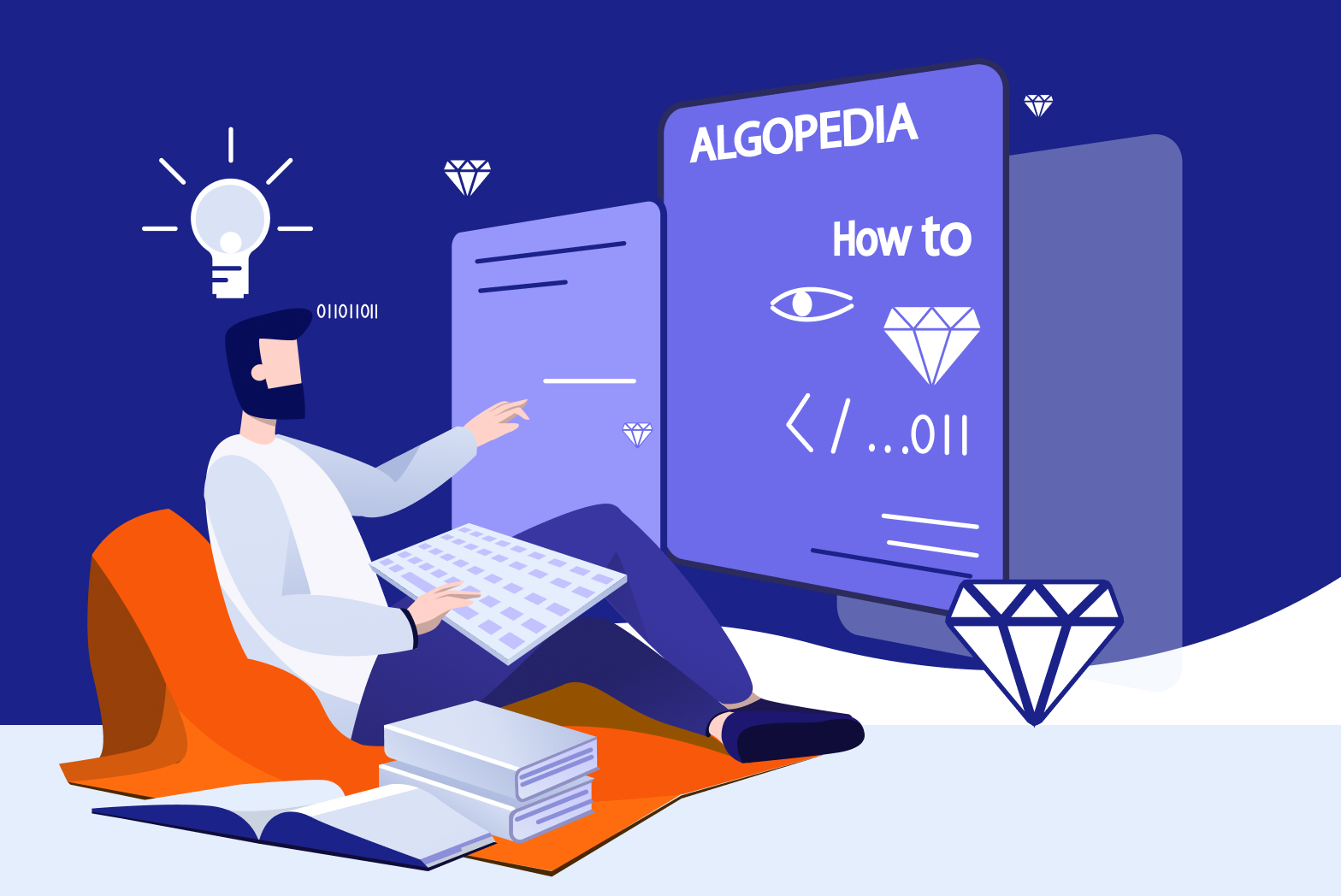
Even though design is the backbone of any successful user interface, it is also extremely important for designers to be aware of the legal status of their key resources. Improper font usage leads to millions of dollars of legal damages to design companies through legal costs and copyright infringement actions. It is extremely important for designers to understand the copyright requirements and regulations of font usage. It is common for businesses to be unaware of the rules when it comes to using fonts. This is because most people consider fonts to be easily used as default options in design tools.
As a professional designer, you have to be aware of the right ways to use fonts in design. The last thing you want is a flurry of legal letters from a type foundry because you didn’t adopt the right legal approach. To avoid this situation, it is necessary to put in the effort to ensure that your chosen fonts are properly licensed before use. Without professional licensing, you can expose your business to costly lawsuits and negatively impact your reputation.
Fundamental Factors While Selecting Fonts
Most digital users skip through the terms and conditions when they are downloading or purchasing digital products. However, when it comes to fonts, understanding these conditions is extremely important to avoid negative consequences in the future.
For most designers, the biggest factor in choosing the fonts for design is linked to the visual appeal of the fonts. However, despite the importance of the visual factors, it is even more important to review the terms and conditions of font usage before selecting the eventual font for your design. Reviewing such things before purchasing the font is important in order to have a clear idea about your rights to use the fonts. Once you’ve completed the transaction to purchase the font, you can no longer use the font without complying with the stated terms.
So before you start looking for the perfect typeface to go along with your website, application, or game design, make sure you are of the following factors:
Using Free Fonts
Even though advanced designers primarily prefer to use premium fonts, sometimes it can also be a great idea to check out free fonts from established companies. Thanks to companies like Google, you can have access to over 1000 commercial reusable fonts that can add new dimensions to your design. These fonts are a great way to diversify design without being hindered by expenses.
However, it is essential to differentiate between the different types of font licenses clearly. Just because a font is free to download does not mean that you have the liberty to use it in any way you want.
There are three different types of free fonts that you need to watch out for:
- Personal Use – Fonts that are free for personal use cannot be used for any commercial applications. This includes the development of digital products and promoting a business.
- Free For Commercial Use – Fonts that are free for commercial use can be used for commercial benefit. These fonts can be used for application development, website design, game development, and other use cases. For designers that are looking to commercialize their products at an affordable price, it can be a great idea to go for fonts that are free for commercial use.
- Licensed Fonts – Licensed fonts are commercially usable as long as you have a valid license from the copyright holder. The usability conditions often vary from client to client, depending on the nature of the license.
To avoid running into legal issues, make sure you verify the details of the license. A lot of font websites offer free-to-download fonts that are not free for commercial use. The optimal way to avoid this issue is to purchase a premium font.
Buying Fonts
The best option to get the right font for your design is to purchase a premium font. Going for a premium option opens the door to personalize your user experience based on your personal requirements. Unlike free fonts, premium fonts are often created by type foundries to showcase their best quality. The cost of the fonts is often directly associated with the creativity in the design and the range of design it offers.
Considering the fact that fonts are software because of their nature, when you purchase a font, you’re practically purchasing the license to use it under the conditions mentioned by the seller. The license provides a comprehensive list of use cases where you can use the fonts throughout your design. Even though copyright laws are different around the world, font licenses are conventionally written to facilitate global usage.
Benefits of Purchasing a Premium Font
High-Quality Design
Unlike free designs that are readily available on the internet, paid fonts allow you to embody premium creative output in comparison to existing options in the market. When it comes to design ideas and commercial uses, you want to use the best quality fonts available. There’s really nothing worse than fonts that have blurred edges or out-of-place lines. Premium fonts provide you with sharp lines, crisp edges, and the complete range of letters you need to embody your design.
Unique Visual Outlook
Going for a premium font allows you to be different from other competitors. With the abundance of free fonts, most businesses end up using the same fonts over and over again. This leads to a monotonous design that is not distinguishable for the viewer. Going for a premium font allows you to create a personalized look throughout your design language and helps you stand out.
Commercial Value
Aside from their visual appeal, premium fonts also enhance the commercial value of your design. By having the required licenses, you can leverage your design for bigger commercial gain in the future. Global clients also appreciate companies that comply with established regulations throughout their design heuristics.
However, buying the font is simply one part of the process. To have comprehensive security against possible future legal challenges, it is important to manage the copyrights for your procured fonts effectively.
Managing Copyrights
Copyrights provide protection to intellectual property rightsholders by giving them legal protection. Due to their nature as digital assets, fonts are protected by copyright laws that give their rights to creators. It is essential to go through a comprehensive copyright management process to ensure that you’re not violating any licensing terms for the font.
In the United States, there are dire consequences of infringing on established copyrights. The penalties can be in the form of civil or criminal consequences. If the copyright owner is able to provide financial gain from the copyright infringement, you can suffer from major financial consequences. In some cases, courts can also order statutory penalties for the usage of unlicensed fonts. Similar penalties apply across the world for copyright violations with varying degrees of repercussions.
Effectively managing copyrights is the best way to avoid these repercussions and have a trouble-free creative design process. Having a legal expert in your team can help you manage font copyrights properly and maintain the required licensing documents to have a professional approach throughout the design process.
Complying with Font Licensing
To comply with licensing requirements, make sure that you effectively understand the licensing conditions. Even though it may seem like a purchased license gives you the freedom to use a font however you like, the usage conditions vary from font to font.
For example, it may seem like you can use your purchased font in any design product you like, but in reality, that entirely depends on the nature of your font licenses. Some licenses require additional licenses for every commercial re-use. It is important to understand the nature of the licensing process to effectively comply with font licensing requirements and make the right decision.
Verifying Licenses
The first step of approaching the copyright of a font starts with the verification of the font’s license. Putting in the time to verify the license allows you to know about the licensing conditions and helps you avoid any unforeseen complications.
Here are a few ways you can verify a copyrighted font.
- Explore licensing details from the website you’re downloading the font from.
- Search the Font Name on Google for copyright history.
- Check the “readme.txt” file in the font folder for licensing information.
- Do an image scan of the font to have further details.
The most professional way to verify your font licenses is to consult with a professional licensing company that can help you with font verification, paperwork, and the required details to deliver a professional verification process. Going with the company can save you a ton of stress associated with the selling process and help you have a professional turnaround for the required verifications.
Managing Legality
Managing the legal dynamics of fonts can be challenging. It can be difficult to figure out the licensing details of fonts across different use cases, especially when it comes to commercial use cases. It is important to have a comprehensive legal strategy in place to ensure that you don’t violate the established licensing conditions for your selected typeface.
To avoid legal complications, it can be a great idea to work with a professional licensing company that helps you figure out the details and secure appropriate fonts for your desired applications. Legal partners protect you against future liabilities by establishing strong safeguards to protect your intellectual assets while procuring the required licensing.
Conclusion
Even though using fonts seems simple, careless usage can be very costly for your company. Complying with copyright and licensing requirements is essential for the professional design and development of your products.
While putting in the effort to license fonts online can be a great way to avoid legal issues, there are always anomalies when you try to handle everything yourself. Whether you’re looking for the perfect fonts for a mobile app or web design, working with a professional company can take a ton of stress away. Experienced licensing agencies help you avoid font problems and make sure that you’re able to use a font without copyright infringement.
Algo.id provides cutting-edge font protection with advanced blockchain-based solutions. It's the perfect partner to protect your font authorship through a repository-based deposition.
Interesting in learning more about the Role of Colors in UI Design: Curating the Perfect UI, Explore the role of colors in creating a streamlined user interface.








